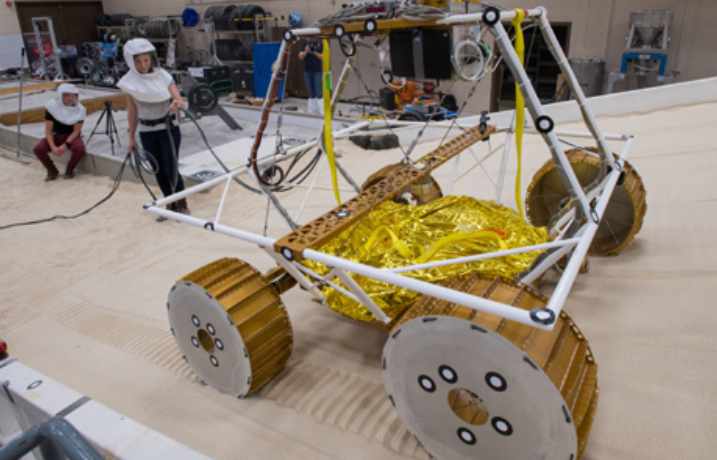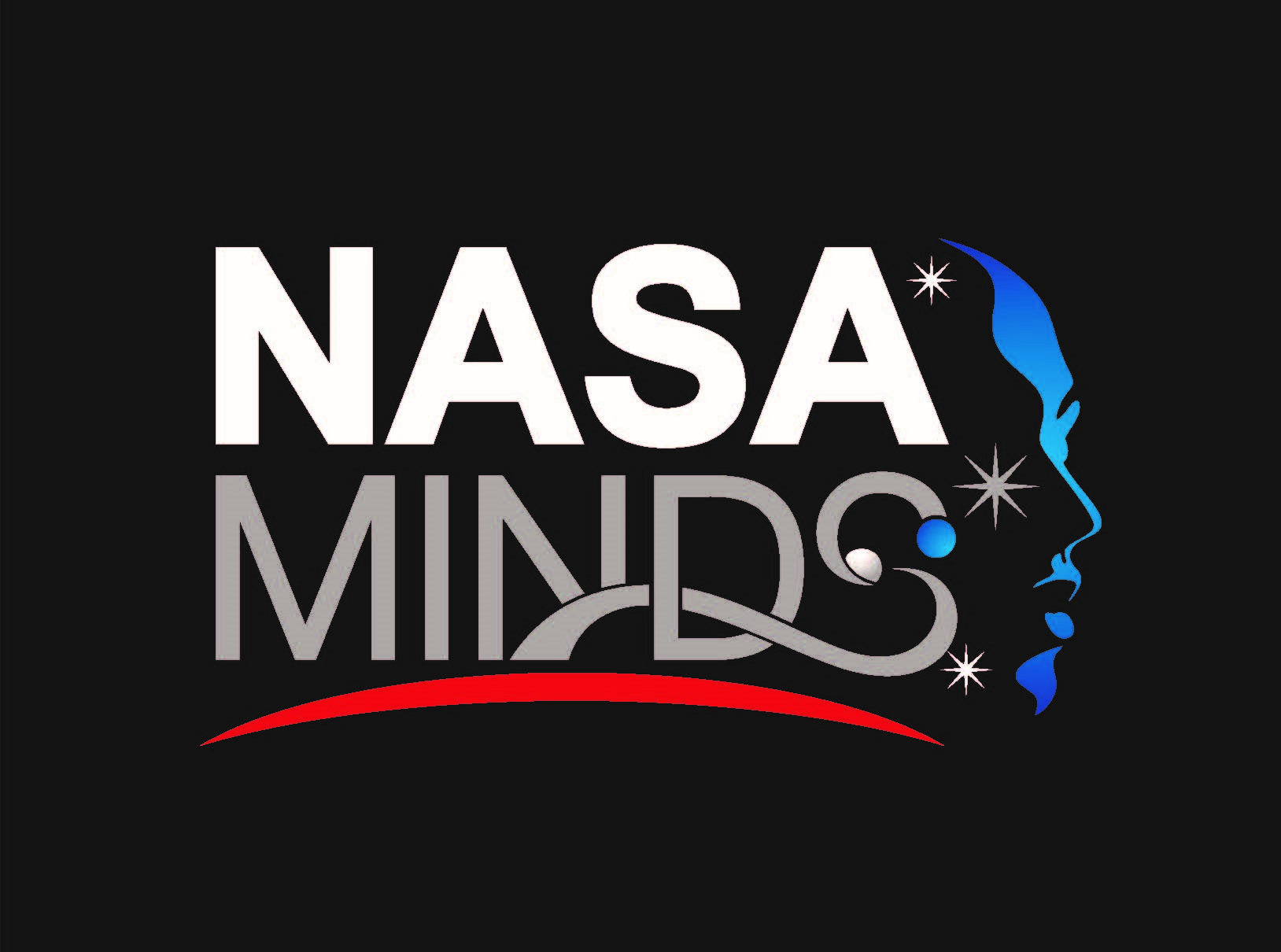


NASA MINDS
NASA Minority University Research and Education Project (MUREP) Innovative New Designs for Space (MINDS) is a multi-semester undergraduate level challenge that provides funds to student and faculty teams from Minority Serving Institutions to design and build prototypes for technologies needed in support of our Artemis mission.
application opens
September 2025
Event Location
Online
Eligibility
Classified as a MSI
Grade Levels
College and University
About the Challenge
NASA Minority University Research and Education Project (MUREP) Innovative New Designs for Space (INDS) (NASA MINDS) is a multi-semester undergraduate level challenge that provides funds to student and faculty teams from Minority Serving Institutions to design and build prototypes for technologies needed in support of our Artemis mission. Students’ skills, creativity and innovation are challenged as they are asked to design and build technologies needed for NASA’s Artemis mission, with the support of their faculty. All Minority Serving Institutions (MSIs) are eligible to have a faculty-led student team. Student teams will submit a proposal with a design concept meeting all baseline requirements. Teams selected by NASA will receive $1,500 to be used in the build of their design. Teams must have a faculty mentor, and the faculty will receive a $1,000 stipend upon successful completion of all requirements. Selected team projects will be reviewed by NASA judges; teams can receive recognition awards up to $5,000.
NASA MINDS is a hands-on design and build collegiate learning experience. The most unique feature of NASA MINDS is found in its broad-based approach. While competitions focus on a specific technology all teams must work on, teams in NASA MINDS will independently select a technology that is relevant to NASA’s Artemis mission. This will allow students to focus on technologies which interest and inspire them the most. The only constraint is that the technology and the goals of the team’s project must support a need for the technologies required for Artemis.
NASA MINDS Award Winners
Applications for the 2026 Challenge will open September 2025.
Technology Spec Sheets
Spec Sheets are technologies that NASA is seeking to advance to support the Artemis Mission. Projects proposed to NASA MINDS are NOT limited to these technologies. The spec sheets are simply examples of potential technologies and the specifications associated with them.
View Spec Sheets
Join Artemis!
Authentic, hands-on learning experiences give students in middle school all the way through graduate school a chance to flex their design and engineering skills as they build and launch high-powered rockets, design robots capable of mining the Moon’s surface or traversing difficult lunar terrain, create human-powered rovers, and test technologies and tools to assist future astronauts working on the Moon.
Learn More about Join Artemis!
NASA Contact
Theresa Martinez, NASA MINDS Activity Manager
NASA’s Kennedy Space Center
Kennedy Space Center, FL 32899
Email: ksc-nasa-minds@mail.nasa.gov




























